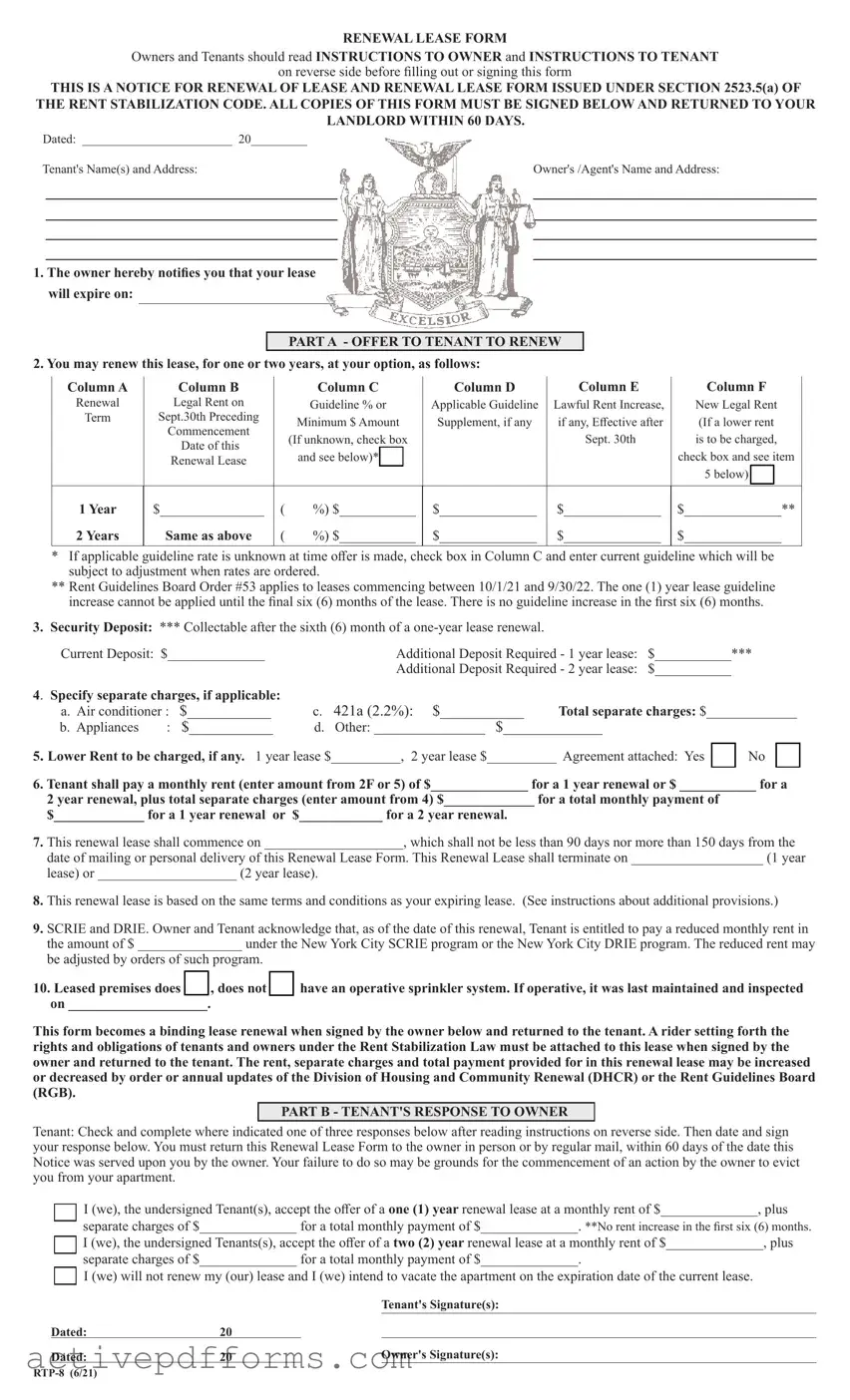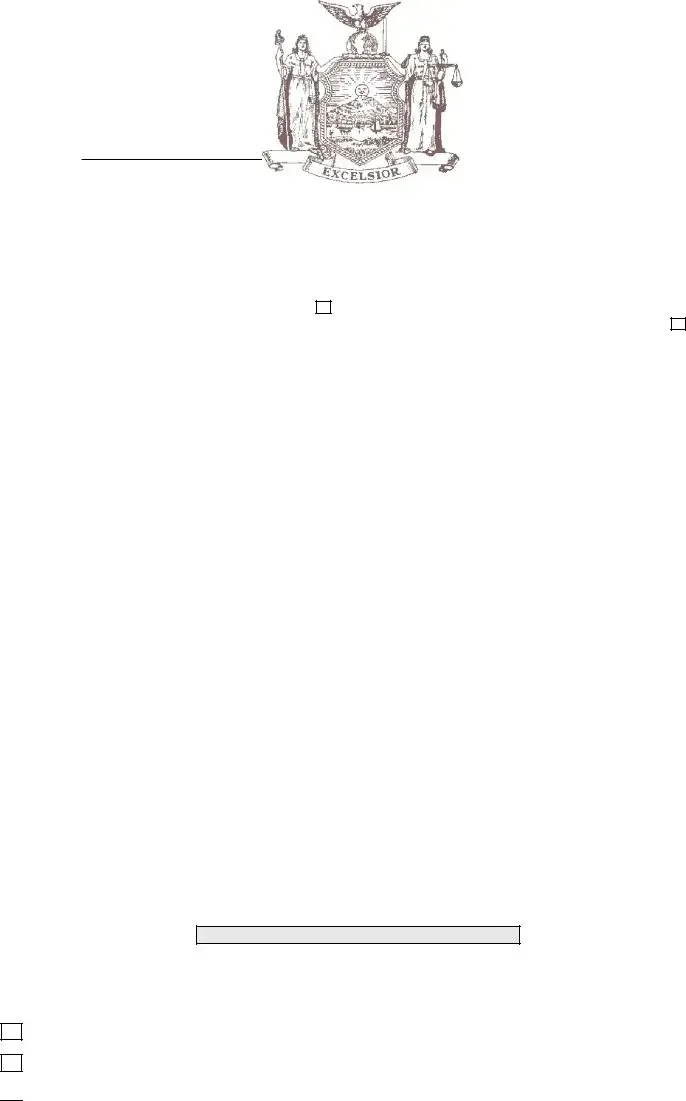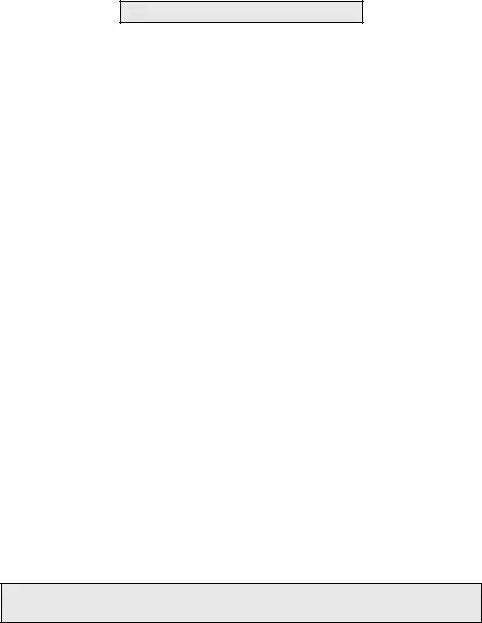INSTRUCTIONS TO OWNER
At least two copies of this completed Renewal Lease Form must be mailed to the tenant in occupancy or personally delivered not more than 150 days and not less than 90 days prior to the end of the tenant's lease term, along with the New York City Lease Rider For Rent Stabilized Tenants.
If the owner offers a Renewal Lease less than 90 days prior to the expiration of the existing lease, the lease term selected by the tenant shall begin at the tenant's option either (1) on the date a renewal lease would have begun had a timely offer been made or (2) on the first rent payment date occurring no less than 90 days after the date that the owner does offer the lease to the tenant. The guidelines rate applicable for such lease shall be no greater than the rate in effect on the commencement date of the lease for which a timely offer should have been made, and the increased rental shall not begin before the first rent payment date occurring no less than 90 days after such offer is made.
The owner must fully complete PART A on the reverse side of this Form explaining how the new rent has been computed. Any rent increase must not exceed the applicable Rent Guidelines Board adjustment(s) plus other adjustments authorized by the Rent Stabilization Code.
Tenants that were paying a preferential rent as of June 14, 2019 or thereafter, retain the preferential rent for the life of the tenancy. Rent Guidelines Board increases and other increases allowed by the Rent Stabilization Law are to be applied to the preferential rent.
This Renewal Lease must be offered on the same terms and conditions as the expiring lease, except for such additional provisions as are permitted by law or the Rent Stabilization Code which must be set forth by the owner and attached to this Form. If there are any additional lawful agreements between the owner and tenant, a copy signed by both parties must be attached to this Form.
The tenant must return to the owner all copies of this Form, completed and signed by the tenant in PART B on the reverse side of this Form.
The owner must furnish the tenant with a fully executed copy of this Renewal Lease Form bearing the tenant's and owner's signatures in PART B, and a copy of the DHCR New York City Lease Rider, within 30 days of the owner's receipt of this Form signed by the tenant. Service of this fully executed Form, upon the tenant, constitutes a binding renewal lease. If the owner fails to furnish the tenant with a fully executed copy of this Form within 30 days of receipt of the Form signed by the tenant, the tenant shall continue to have all rights afforded by the Rent Stabilization Law and Code, and the owner will be barred from commencing any action or proceeding against the tenant based upon non-renewal of lease.
INSTRUCTIONS TO TENANT
(Read Owner's and Tenant's Instructions carefully before completing this Renewal Lease Form)
If you wish to accept this offer to renew your lease, you must complete and sign this Renewal Lease Form in the space provided in PART B on the reverse side of this Form, and you must return all copies of the signed Lease Form to the owner in person or by regular mail within
60 days of the date this Form was served upon you. You may wish to make a copy for your own records. If you do not sign and return this
Renewal Lease Form within the prescribed 60-day period, the owner may have grounds to start proceedings to evict you from your apartment.
Before you complete and sign PART B and return this Renewal Lease Form, be sure to check that all lawful provisions and written agreements have been attached by the owner to this Form. Please read all attachments carefully. If such other lawful provisions appear, they are part of this lease renewal offer and renewal lease. If there are any lawful agreements between you and the owner, attached copies must be signed by both parties.
If the owner agrees to a rent which is lower than the legal regulated rent, this lower amount should be entered in item 5 on the reverse side of this Form, and a signed copy of the agreement should be attached. You may not change the content of this Renewal Lease Form without the owner's written consent. If a "lower rent" amount is listed in item 5 and such rent is a "preferential rent," upon renewal the owner may not increase the rent to the legal rent listed in item 2F. Tenants that were paying a preferential rent as of June 14, 2019, retain the preferential rent for the life of the tenancy. Rent Guidelines Board increases and other increases allowed by the Rent Stabilization Law are to be applied to the preferential rent.
Your acceptance of this offer to renew shall constitute a renewal of the present lease for the term of years and rent accepted, subject to any other lawful changes which appear in writing on the attachments to this Form, and subject also to payment of the new rent and additional security, if any. Such additional security shall be deposited by the owner in the manner provided for on initial occupancy. However, pursuant to the Housing Stability and Tenant Protection Act of 2019, an owner can hold no more than one month security deposit. Anything in excess of one month must be refunded to the tenant.
Please refer to the New York City Lease Rider for a summary of tenants' rights and owners' responsibilities.
State of New York
Division of Housing and Community Renewal
Office of Rent Administration/Gertz Plaza
92-31 Union Hall Street
Jamaica, New York 11433
Web Site: www.hcr.ny.gov



 I (we) will not renew my (our) lease and I (we) intend to vacate the apartment on the expiration date of the current lease.
I (we) will not renew my (our) lease and I (we) intend to vacate the apartment on the expiration date of the current lease.